Interview: Wildfire smoke pollution poses far-reaching danger
By Pam Strayer
As climate change brings drought and dried out landscapes, wildfires in the US West are spreading smoky air to millions of people, even those who live far from where the fires burn. The problem is becoming so pronounced that some television weather forecasters in California now include “smoke casts,” in their reports, displaying models that predict, like a weather forecast, where smoky air from a wildfire will travel days into the future.
Wildfires in 2015, 2017 and 2020 burned more than 10 million acres each, mostly in the western United States, releasing plumes of smoke that experts say now account for half of the air pollution in western states. The amount of US land burned by wildfires is about four times what it was forty years ago, researchers say, and the problem of the polluted air resulting from fires is growing.
Scientists warn that current health policies are not effectively protecting people against smoke inhalation dangers , and a new study published in July underscored how dangerous levels of tiny pollution particles in wildfire smoke travel into households not threatened by the fire itself.
The New Lede conducted a Q&A with one of the authors of that new study- Sam Heft-Neal is a wildfire researcher at Stanford University’s Environmental Change and Human Outcomes Lab (ECHO). Heft-Neal joined other Stanford researchers as well as scientists from the University of California, San Diego; the University of California, Davis; and the University of British Columbia in the research.
Q: What was the most striking finding of the study?
Heft-Neal: Two things. One is that even if you look at really high income homes around the (San Francisco) Bay Area, their indoor air quality is really poor during wildfires on average. That surprised me. I thought that wealthy people who care about air quality would be able to protect themselves effectively. And that does not seem to be the case. That’s concerning, because we expect many groups to be less able to protect themselves.
The second thing was how much different the movement data varied by income. Mobile phone data told us how people moved around. And the difference between high and low income movement was pretty stark during wildfires. Wealthier people are much more likely to be able to just stay at home for the entire day during bad wildfire periods. And we saw much lower rates of people staying home from lower income groups.
Q: What do you think the implications of the study are for policy makers?
Heft-Neal: Wildfire pollution is just fundamentally different from other types of pollution. When there’s pollution from transportation, it’s relatively straightforward to try and reduce the pollution source by regulating vehicle emissions and taxing gasoline or whatever policymakers want to do. But that’s really hard to do with wildfires. There’s no policy we can implement that will eliminate or reduce wildfires dramatically in the short run. And so instead, the main policy is just telling people to protect themselves.
That seems like a policy that is likely to be really unequal among people, because people have very different situations in terms of how effectively they can protect themselves. So I think there has to be huge efforts to try and identify the vulnerable populations and help them protect themselves. So you’re not just leaving everyone to their own devices. That’s just going to exacerbate existing inequalities.
Q: Asthma patients are often among those most affected by wildfire smoke. According to CDC data from 2016-2018, Puerto Ricans have the highest asthma rates of any ethnic group in the U.S. followed by African Americans. What measures could be taken to address vulnerable populations?
Heft-Neal: The most effective measure would be to provide air purifiers to vulnerable households. Maybe that means low income households. It could certainly mean people with asthma or other respiratory issues that are going to be exacerbated. People recognize this and there are now some policies trying to implement this.
In California, the Bay Area Air Quality District, for example, has a program to loan out air purifiers during bad wildfires. It’s just a really expensive policy that is difficult to implement at a broad scale. But efforts are underway to try and expand these, because if you are able to keep your windows and doors shut and stay home and turn on an air purifier, it seems like the best way to protect yourself.
Q: What about using N95 masks?
Heft-Neal: N95 masks are definitely effective if you need to go outside. They have to be worn effectively. That’s one issue that comes up a lot when we talk to doctors who see asthmatic patients–a lot of people wear N95 masks too loose and so they’re not that effective. But when they’re worn effectively, they definitely alleviate the problem when you’re outdoors.
Q: What other research is happening in the world, as we’re all looking at the news and seeing fires and heat waves all over Europe?
Heft-Neal There are several main takeaways from recent work. One is that there are no safe levels of pollution. You see health impacts even at really low levels. That was surprising to a lot of people because it was previously assumed that health impacts only occur over some threshold of pollution. But it seems that even when pollution is relatively moderate, it still causes problems. So really, there’s no safe level of exposure.
And the second main point is that people had initially hypothesized that pollution from wildfire smoke might be less harmful than pollution from other sources like transportation or, or industry. And that does not seem to be the case. It looks like wildfire smoke is just as bad as pollution from other sources.
A lot of work initially was focused on just nearby fires. But last year there was a study showing that California fires increased hospital visits on the East Coast. Like wildfire, smoke can be transported very far and can really impact pollution levels all over.
Q: What’s next? What are you working on now?
Heft-Neal: We have a number of follow ups to the behavior study. One of the real unanswered questions is trying to understand what drives the differences in indoor air quality. We see that for a given level of outdoor air quality, even neighboring households can have very different indoor air quality. And that’s true even once you account for the year people’s houses were built, whether they have air conditioning, all these other things. So that means that one of the important parts of the story is behavior, whether people leave their windows or doors open. And that’s really hard to observe.
And we’re really interested in monitoring lower income households. And so we’re applying for grant money to try and equip more low income households with air quality monitors. We want to learn more about households that don’t necessarily have the resources to purchase their own air quality monitors.
Q: Who’s measuring the global pollution impacts?
Heft-Neal: One of the big difficulties of studying pollution globally is that many countries have very, very few monitors. So if you want to look at pollution in Africa, there’s maybe less than 25 monitors across the entire continent that are publicly available. So it makes it nearly impossible to use ground monitors. So people are deriving estimates of pollution from satellites.
That’s a really promising new avenue of research that’s progressed quickly. The European Space Agency put up a new satellite three or four years ago that has sensors specifically designed to monitor pollution. That has really given us new insights into global pollution patterns, because you can see pollution every day everywhere in the world.
And you can break down the types of pollution using satellite data. We still don’t have the historical records that we would need to study long term impacts on how, but we can at least now see what current pollution patterns look like and see how movements are progressing.
(This story is co-published with The Guardian.)
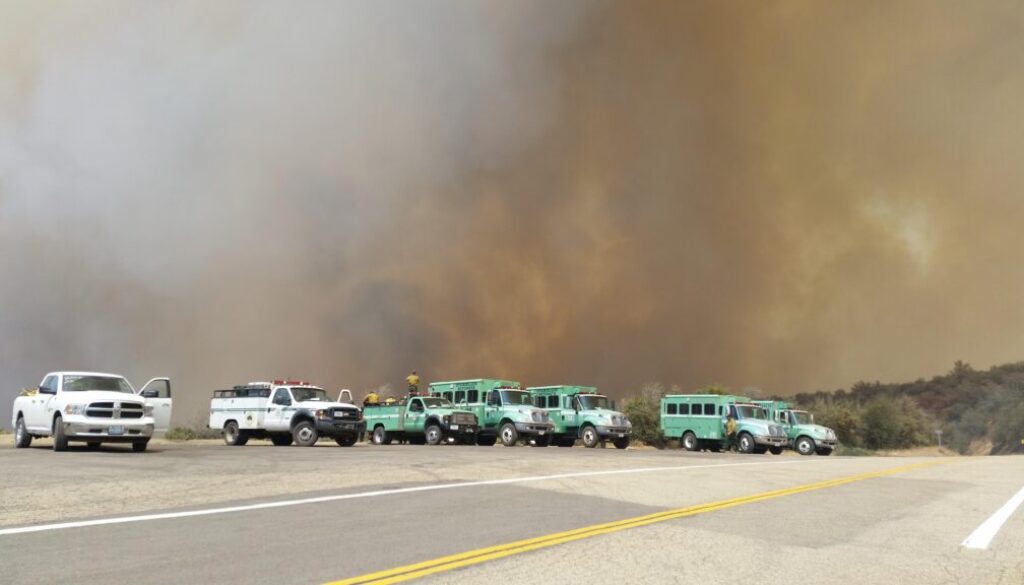
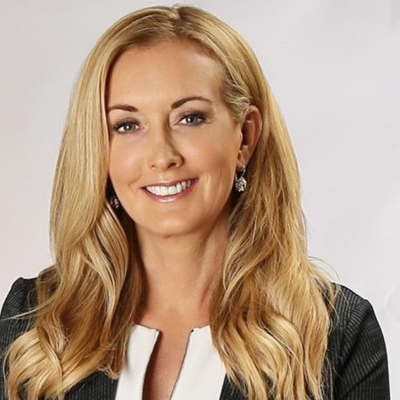
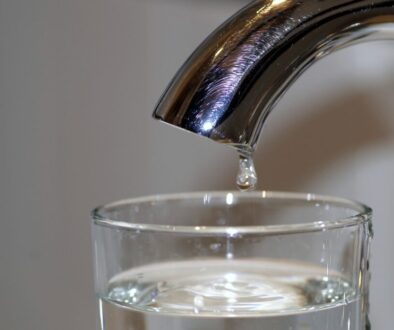
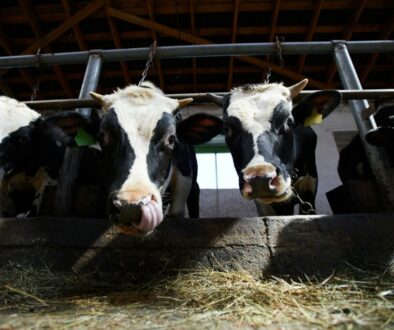
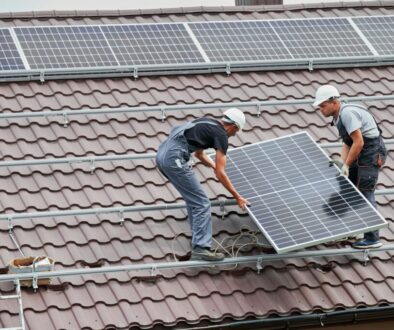
August 7, 2022 @ 12:27 pm
Please don’t forget the firefighters who tackle wildfires. Often not wearing the type of protection they would have if in a house fire with similar levels of air-born toxins. The ambient conditions are so tough it is not conducive to adequate protection. They should really pull back further. Maybe time for robots and especially better forestry management. Oh, and please can politicians actually do a lot more om climate change gases and not just talk on one side and ignore science on the other.